Diving Medicine: How Hyperbaric Chambers Save Divers’ Lives
You might know hyperbaric chambers from many celebrities, promoting a new viral therapy for athletes, brain injury, and many more. But before you go on the search bar trying to find the best undersea and hyperbaric medicine near oakdale, you need to know that hyperbaric chambers are also crucial for divers.
Among the greatest dangers in diving is decompression sickness (DCS), often called ‘the bends.’ This life-threatening condition develops when rapid ascents cause nitrogen bubbles to form in the bloodstream, potentially triggering organ damage or fatal consequences. Fortunately, hyperbaric oxygen therapy offers an effective treatment—let’s explore how these pressurized chambers reverse this emergency.
Emergency HBOT for Scuba Accidents
When scuba divers ascend too quickly, the risk of decompression sickness is high. This condition requires immediate medical attention. Hyperbaric Oxygen Therapy (HBOT) steps in as a lifesaver in such emergencies. Exposing patients to increased atmospheric pressure, allows dissolved gases to leave the body safely. The therapy delivers pure oxygen that promotes healing and reduces swelling. In many cases, rapid treatment can mean the difference between life and death. Medical facilities equipped with hyperbaric chambers are often on standby near popular diving spots. Divers experiencing symptoms like joint pain or dizziness should seek help without delay. The process typically involves several sessions within these specialized chambers, focusing not just on recovery but on restoring normal physiological functions as well.
Decompression Sickness (The Bends) Explained

Popular as ‘the bends,’ this sickness develops when divers rise to the surface too fast right after deep-water exposure. At greater depths, heightened pressure always causes nitrogen in inhaled air to quickly dissolve into bodily tissues. If ascent occurs rapidly, the sudden pressure drop forces this nitrogen to form dangerous gas bubbles in the bloodstream. These bubbles can wreak havoc on the body, leading to symptoms that range from joint pain and dizziness to paralysis and even death. The severity of decompression sickness varies based on dive depth and duration. It’s not just recreational divers who are at risk; professional divers can also fall victim if they don’t adhere strictly to ascent protocols.
How Navy Divers Use Hyperbaric Medicine
Navy divers operate in extreme conditions, navigating depths that can be both thrilling and perilous. They encounter high-pressure environments that increase the risk of decompression sickness. To mitigate these risks, they utilize hyperbaric medicine extensively. This specialized treatment involves using hyperbaric chambers to restore normal pressure levels after deep dives. When a diver experiences symptoms of “the bends,” immediate access to a chamber becomes crucial. The process helps remove nitrogen bubbles formed during rapid ascents by increasing oxygen delivery to tissues. Hyperbaric medicine isn’t just for emergencies. It also plays a role in training, helping divers acclimatize their bodies before missions.
Prevention Tips for Safe Diving

Diving safely starts before you even hit the water. Always check your equipment thoroughly. Make sure everything is functioning properly, from your tank to your regulator. Planning your dive is crucial. Understand the site conditions and potential hazards. Know the depths you’ll reach and set a clear timeline for ascent. Communication with fellow divers enhances safety. Discuss hand signals and emergency procedures before entering the water. Don’t rush during your ascent. A slow, controlled climb allows excess nitrogen to safely escape from your body, reducing risks associated with decompression sickness.
Hyperbaric chambers represent hope and healing for those affected by decompression illness or other pressure-related injuries. Their role in both emergency care and routine medical practices underscores their importance within the realm of diving medicine.…



 The brain relies on nutrients to function properly, and what you eat can either fuel your mind or leave it sluggish. Foods rich in vitamins, minerals, and healthy fats support brain health and can help balance your mood. For example, omega-3 fatty acids found in fatty fishlike salmon have been shown to reduce anxiety and improve cognitive function. On the flip side, a diet high in processed foods, sugar, and unhealthy fats can worsen anxiety symptoms by disrupting brain chemistry and increasing inflammation.
The brain relies on nutrients to function properly, and what you eat can either fuel your mind or leave it sluggish. Foods rich in vitamins, minerals, and healthy fats support brain health and can help balance your mood. For example, omega-3 fatty acids found in fatty fishlike salmon have been shown to reduce anxiety and improve cognitive function. On the flip side, a diet high in processed foods, sugar, and unhealthy fats can worsen anxiety symptoms by disrupting brain chemistry and increasing inflammation.


 Assessment and intake is the first crucial step in drug addiction treatment. It comprehensively evaluates an individual’s physical, psychological, and social well-being. This stage aims to gather information that will guide the development of an effective treatment plan tailored to meet each person’s unique needs. During the assessment process, trained professionals will conduct interviews and administer various tests to gain insight into the extent of addiction, any co-occurring mental health disorders, and other underlying factors contributing to substance abuse. This thorough evaluation helps determine the appropriate level of care required for successful recovery.
Assessment and intake is the first crucial step in drug addiction treatment. It comprehensively evaluates an individual’s physical, psychological, and social well-being. This stage aims to gather information that will guide the development of an effective treatment plan tailored to meet each person’s unique needs. During the assessment process, trained professionals will conduct interviews and administer various tests to gain insight into the extent of addiction, any co-occurring mental health disorders, and other underlying factors contributing to substance abuse. This thorough evaluation helps determine the appropriate level of care required for successful recovery.




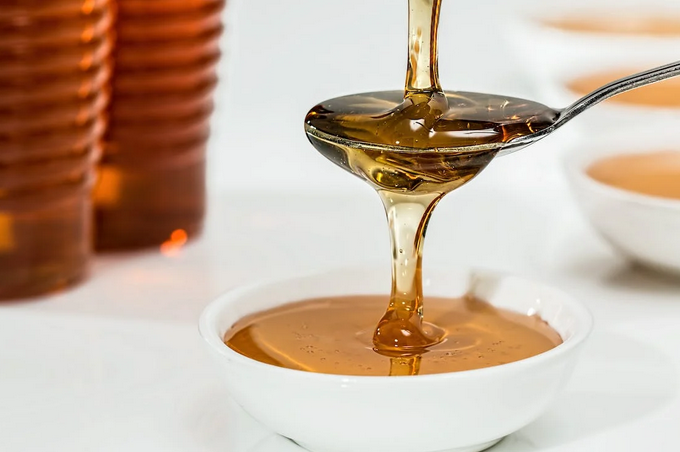

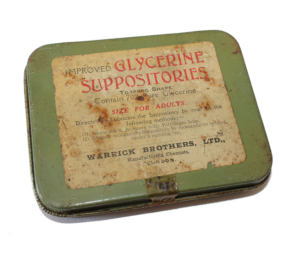 Before we discuss various steps on how to use these drugs, it is crucial to learn its benefits before making your purchasing decision. It is essential to understand that
Before we discuss various steps on how to use these drugs, it is crucial to learn its benefits before making your purchasing decision. It is essential to understand that 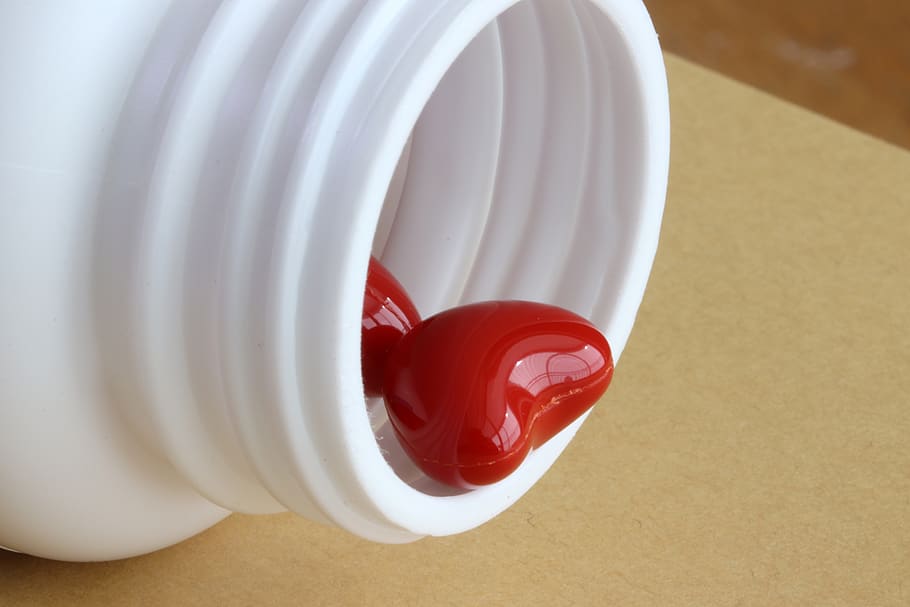
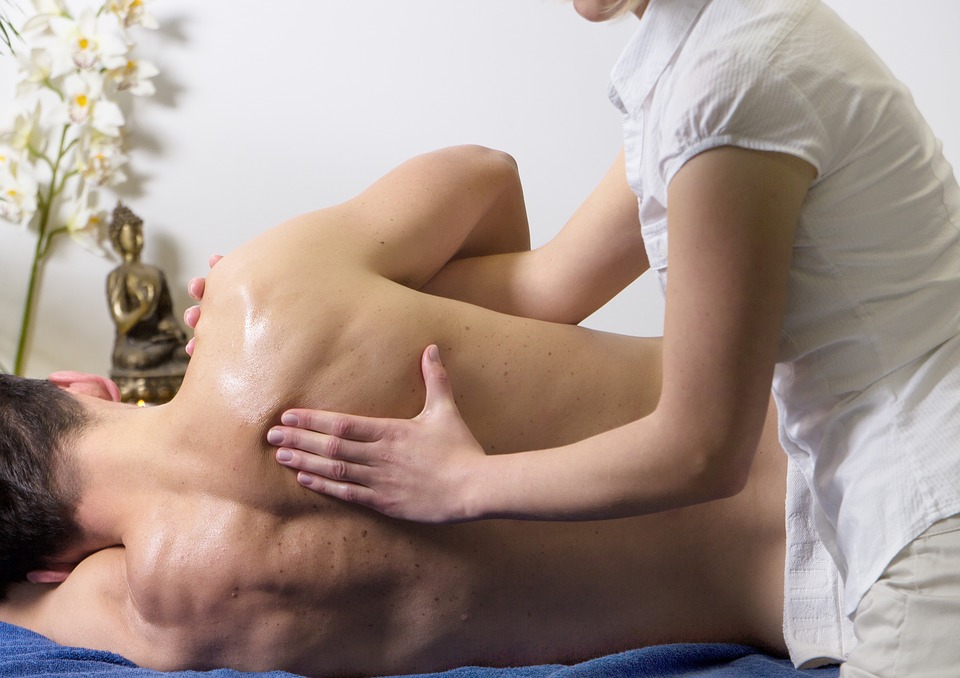
 We have some of the health programs where most doctors join to help most of the people who are suffering from different types of diseases. A professional doctor or pain specialist will be among these programs and when making your choice, choose one who is registered on those programs.
We have some of the health programs where most doctors join to help most of the people who are suffering from different types of diseases. A professional doctor or pain specialist will be among these programs and when making your choice, choose one who is registered on those programs.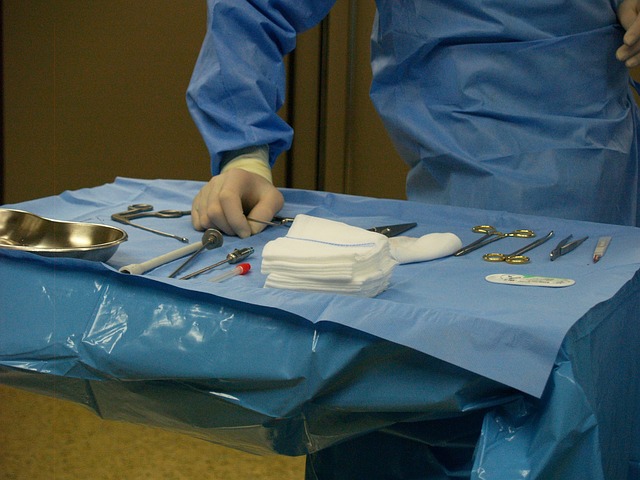
 Your Benefits
Your Benefits